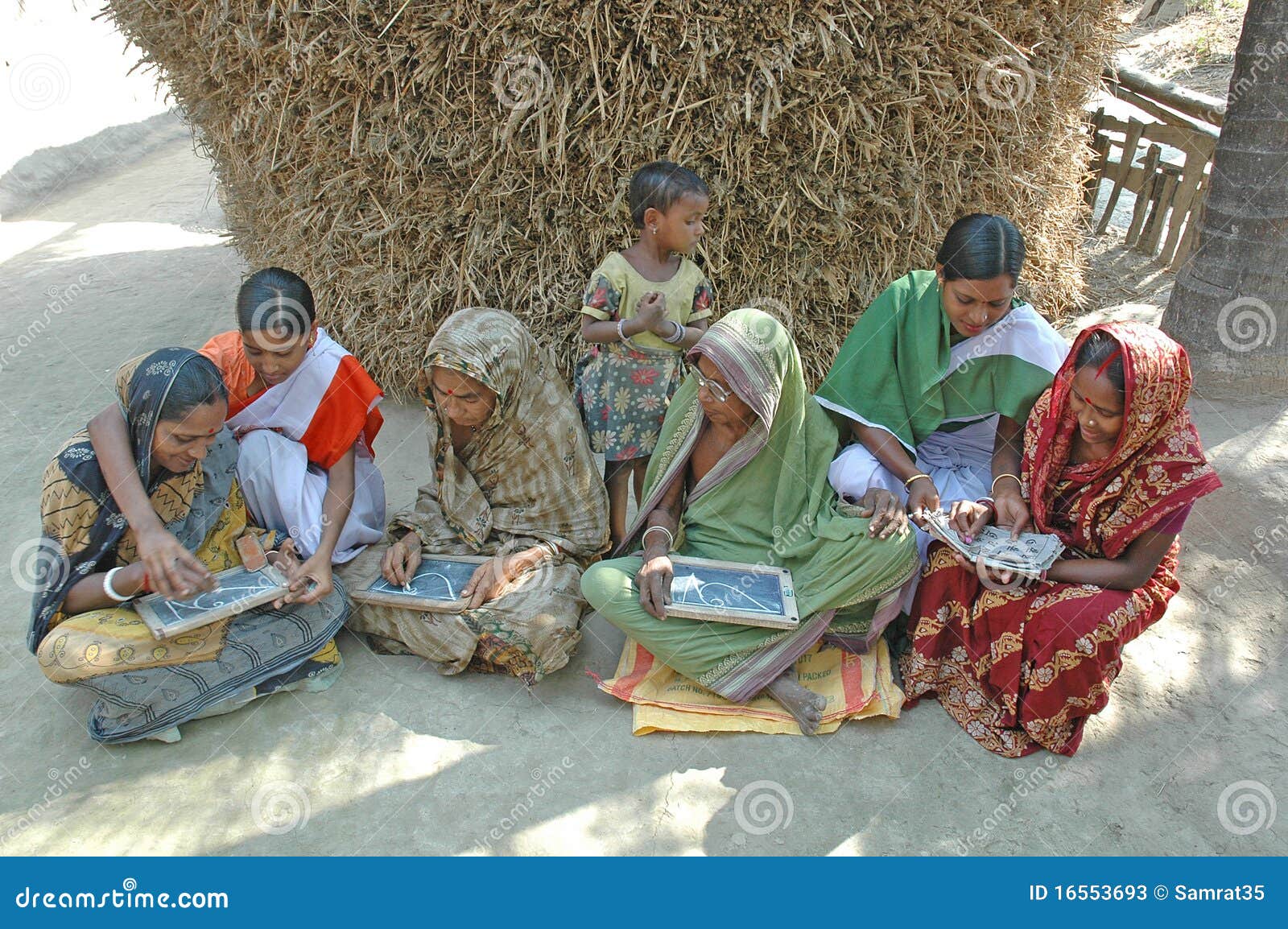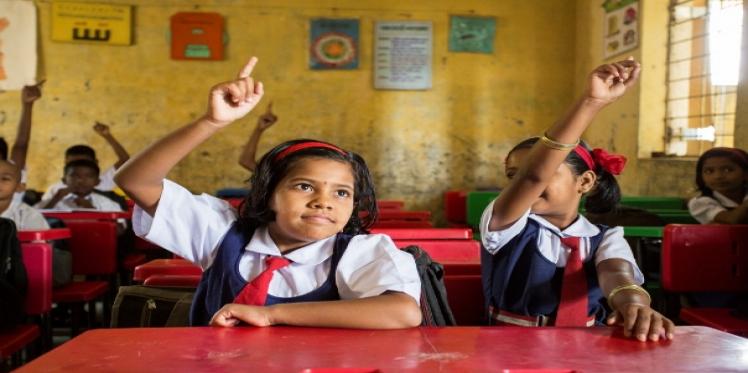Adult literacy is a crucial factor in the development and progress of any country, and India is no exception. Despite impressive progress in increasing literacy rates over the past few decades, adult literacy in India still faces significant challenges.
According to the latest data from the Census of India, the overall literacy rate in the country is 74.04%. While this represents a significant improvement from previous decades, it also means that roughly a quarter of the adult population in India is illiterate. This is especially concerning given that literacy is closely linked to a range of important outcomes, including employment opportunities, economic well-being, and overall quality of life.
There are a number of factors that contribute to the low levels of adult literacy in India. One key challenge is the fact that many adults, especially in rural areas, never had the opportunity to attend school as children. This is often due to poverty, lack of access to education, and traditional gender roles that prioritize boys' education over girls' education. As a result, many adults in India lack the basic skills and knowledge that are necessary for participating fully in society and the economy.
Another factor contributing to low adult literacy rates in India is the lack of effective literacy programs for adults. While there are a number of initiatives and programs aimed at increasing adult literacy, many of these are underfunded and lack the resources and support necessary to be truly effective. In addition, there can be significant barriers to participation in these programs, such as lack of transportation, childcare responsibilities, and other commitments that make it difficult for adults to attend classes.
Despite these challenges, there are a number of efforts underway to increase adult literacy in India. For example, the Indian government has implemented a number of initiatives and programs aimed at increasing access to education for adults, including the National Literacy Mission and the Saakshar Bharat Mission. These programs provide funding and support for literacy classes, teacher training, and other efforts to increase adult literacy rates. In addition, non-governmental organizations (NGOs) and other civil society groups are working to increase adult literacy through initiatives such as adult education centers and literacy classes.
Ultimately, increasing adult literacy in India will require a multi-faceted approach that addresses the various factors that contribute to low literacy rates. This may include efforts to improve access to education, provide resources and support for literacy programs, and address the social and economic barriers that prevent adults from participating in these programs. By working together and investing in adult literacy, we can help to create a more educated and prosperous society for all.







